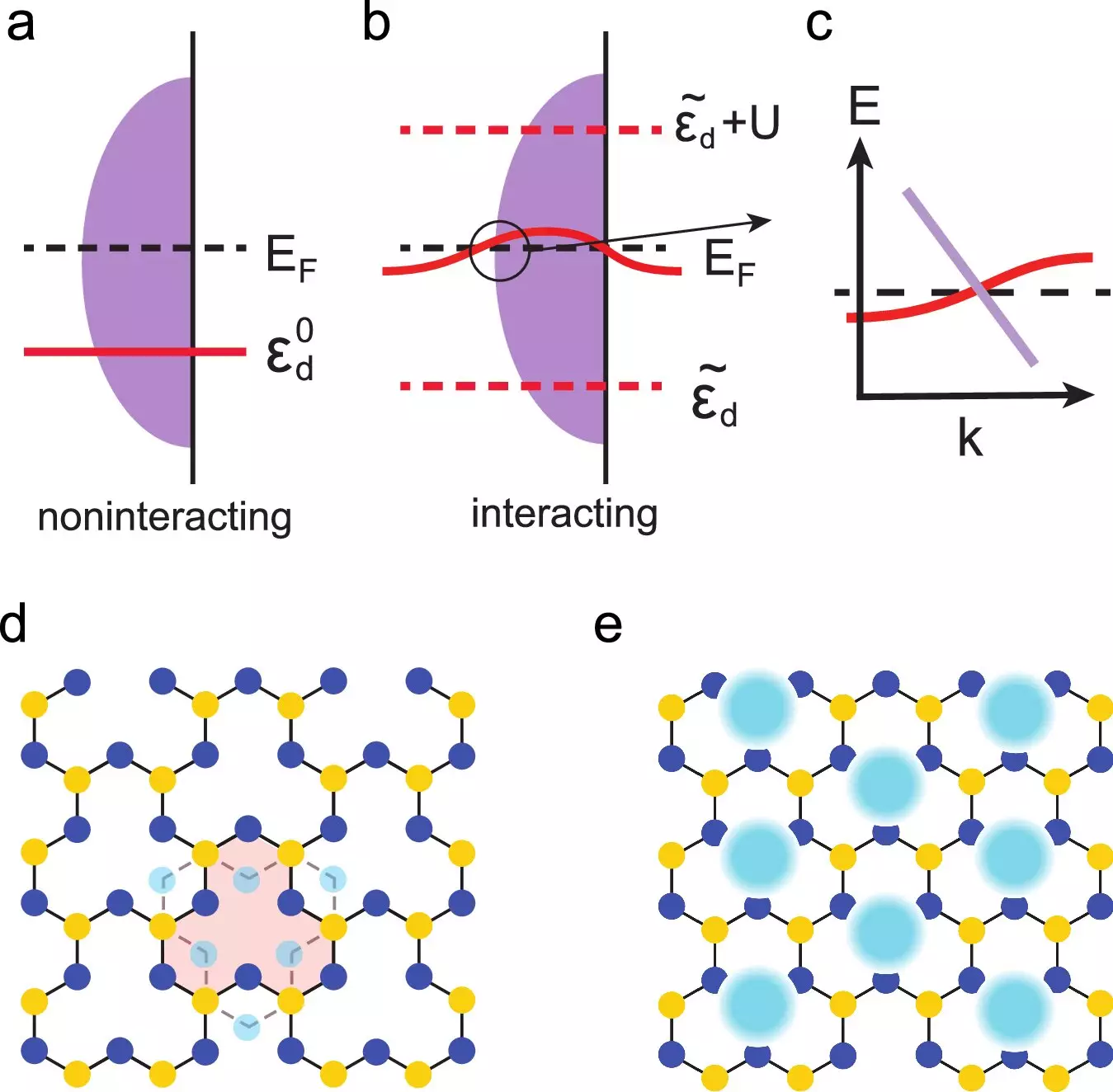The study published in Nature Communications by Rice University’s Qimiao Si and his team sheds light on the existence of flat electronic bands at the Fermi level and the potential implications for quantum computing and electronic devices. Quantum materials, governed by the rules of quantum mechanics, exhibit unique energy states that form a ladder structure, with the Fermi energy as the highest rung. Electrons, being charged, interact with each other in correlated ways, leading to the creation of flat bands at the Fermi level, which can significantly impact the material’s properties.
Flat electronic bands, typically located far from the Fermi energy, have limited impact on a material’s properties. However, according to Si’s team, electron interactions can create new flat bands at the Fermi level, enhancing their importance. These flat bands can enhance electron interactions, potentially leading to new quantum phases and unusual low-energy behaviors in materials. Transition metal ions known as d-electron materials with specific crystal lattices are particularly sought after for their unique properties, where flat bands often play a crucial role.
Theoretical Insights and Discoveries
The researchers used a theoretical model to demonstrate that electron interactions can facilitate a new type of Kondo effect, where immobile particles gain mobility by interacting with mobile electrons at the Fermi energy. The Kondo effect, typically observed as a change in electrical resistivity with temperature due to magnetic impurities in a metal, is enabled by quantum interference in this context. Flat bands pinned to the Fermi energy exhibit unique attributes in terms of topology, providing a means to realize new quantum states of matter such as anyons and Weyl fermions, which have promising applications in qubits and spin-based electronics.
The team’s research suggests that materials hosting anyons and Weyl fermions could be highly responsive to external signals and capable of advanced quantum control. The findings indicate that flat bands could give rise to strongly correlated topological semimetals at relatively low temperatures, potentially operating at high temperatures or even room temperature. This opens up avenues for designing and controlling novel quantum materials that operate beyond traditional low-temperature regimes. Contributors to this groundbreaking research include postdoctoral associates, alumni, and physicists from institutions such as Rice University, the Vienna University of Technology, Stony Brook University, and the Flatiron Institute.
The discovery of flat electronic bands at the Fermi level has the potential to revolutionize quantum computing and electronic device design. By understanding and harnessing electron interactions in materials with flat bands, researchers can pave the way for innovative applications in quantum bits, qubits, and spintronics. The theoretical foundation provided by Si and his team opens up new possibilities for the development of quantum materials that can operate efficiently at higher temperatures, signaling a significant advancement in the field of quantum technology.


Leave a Reply